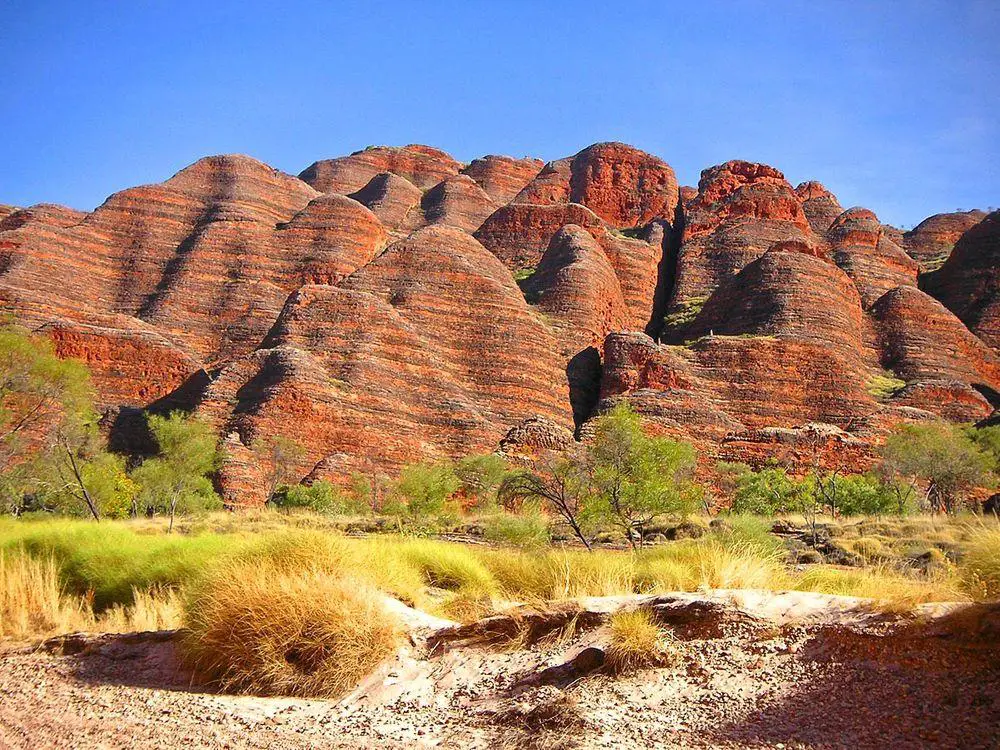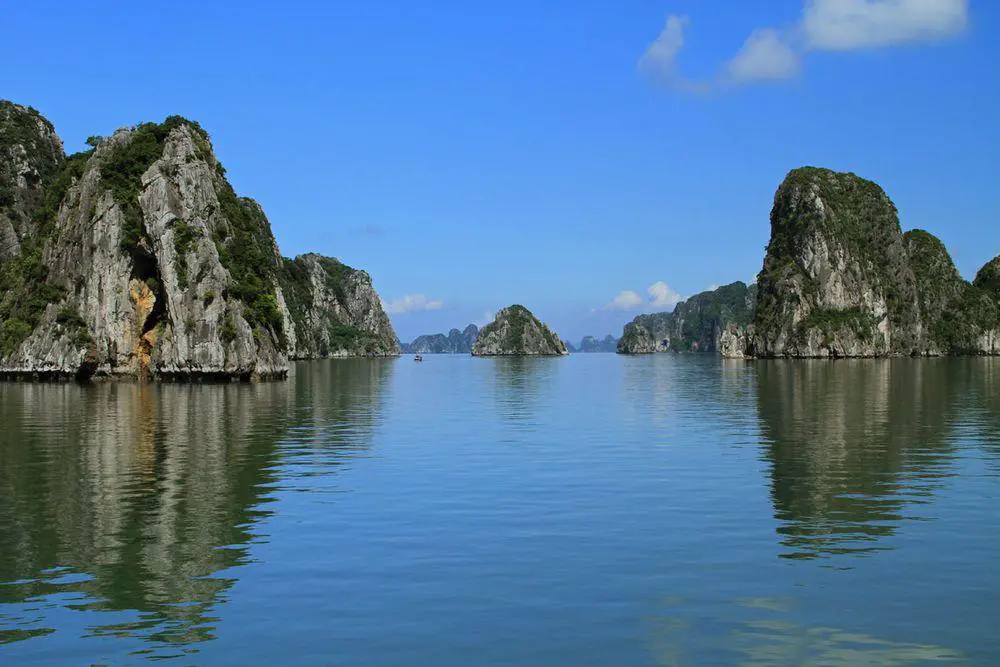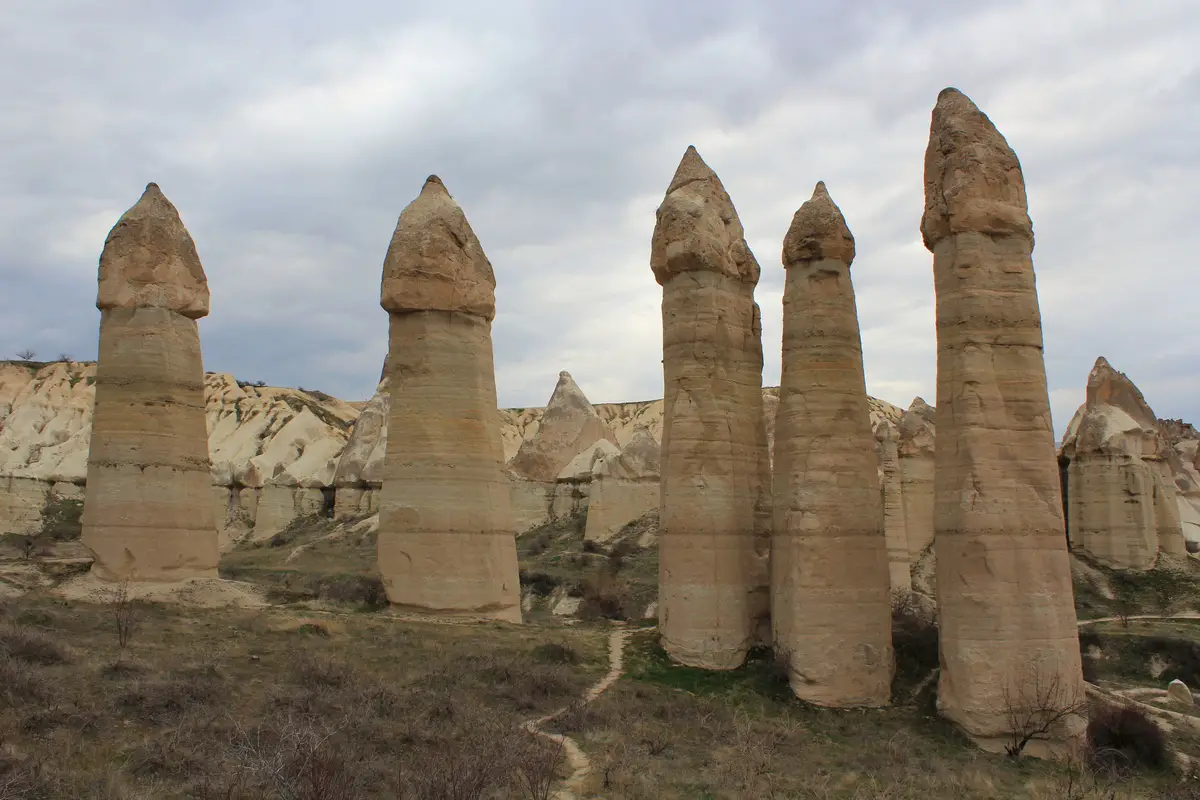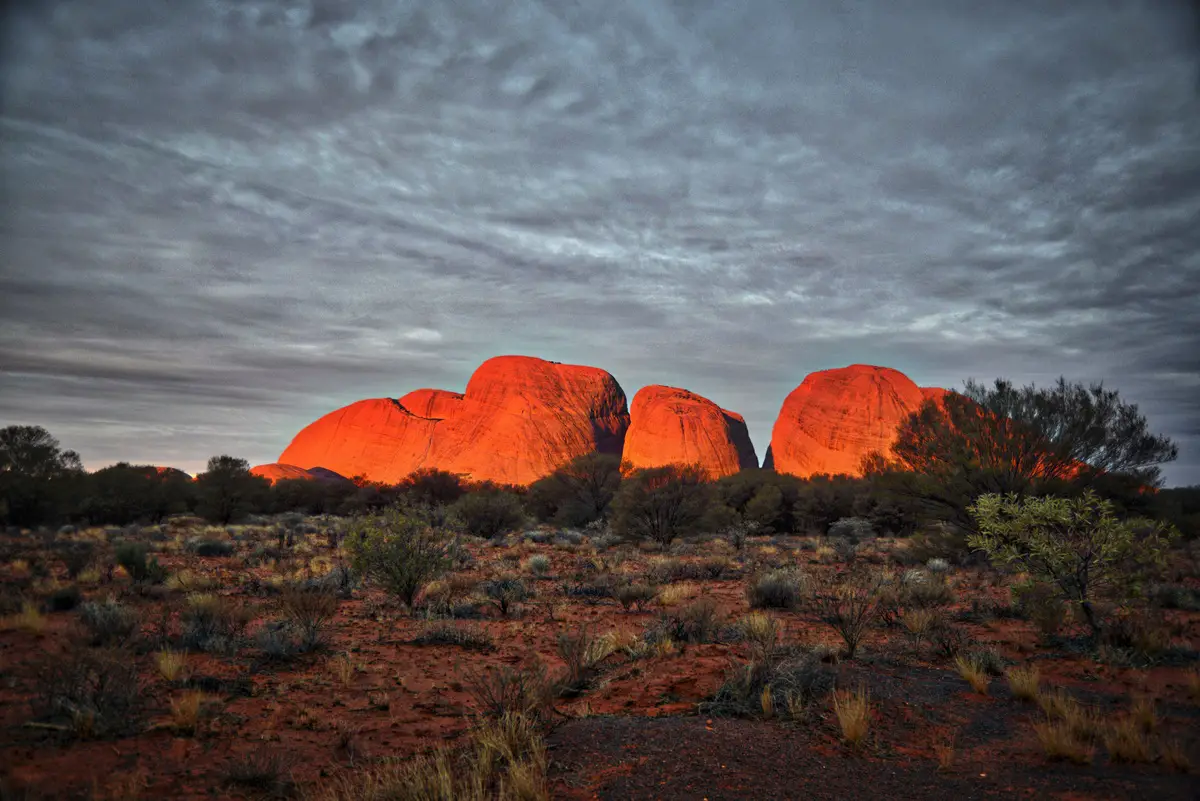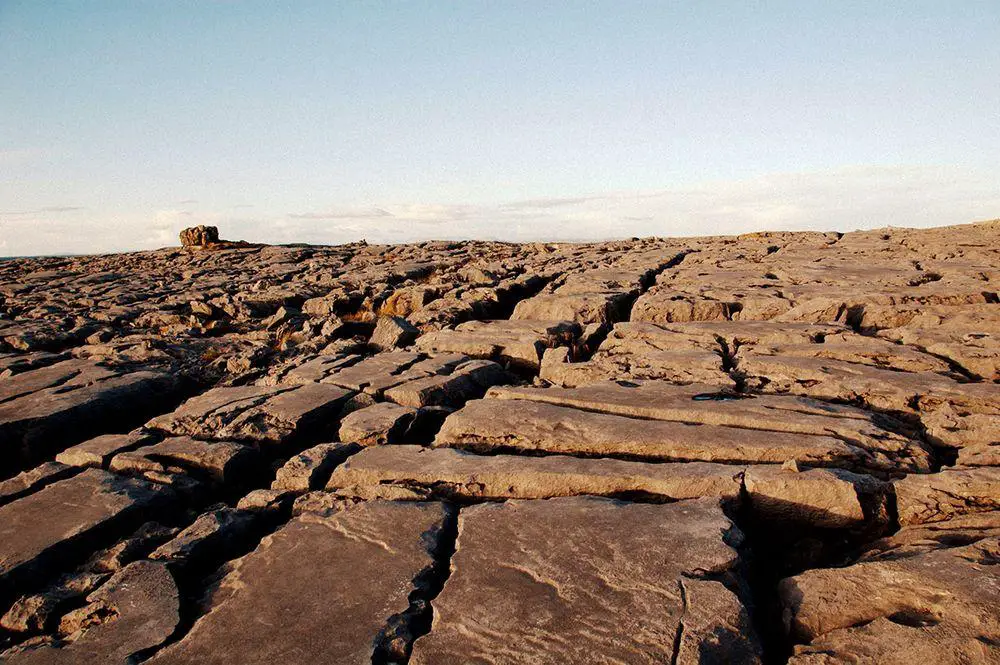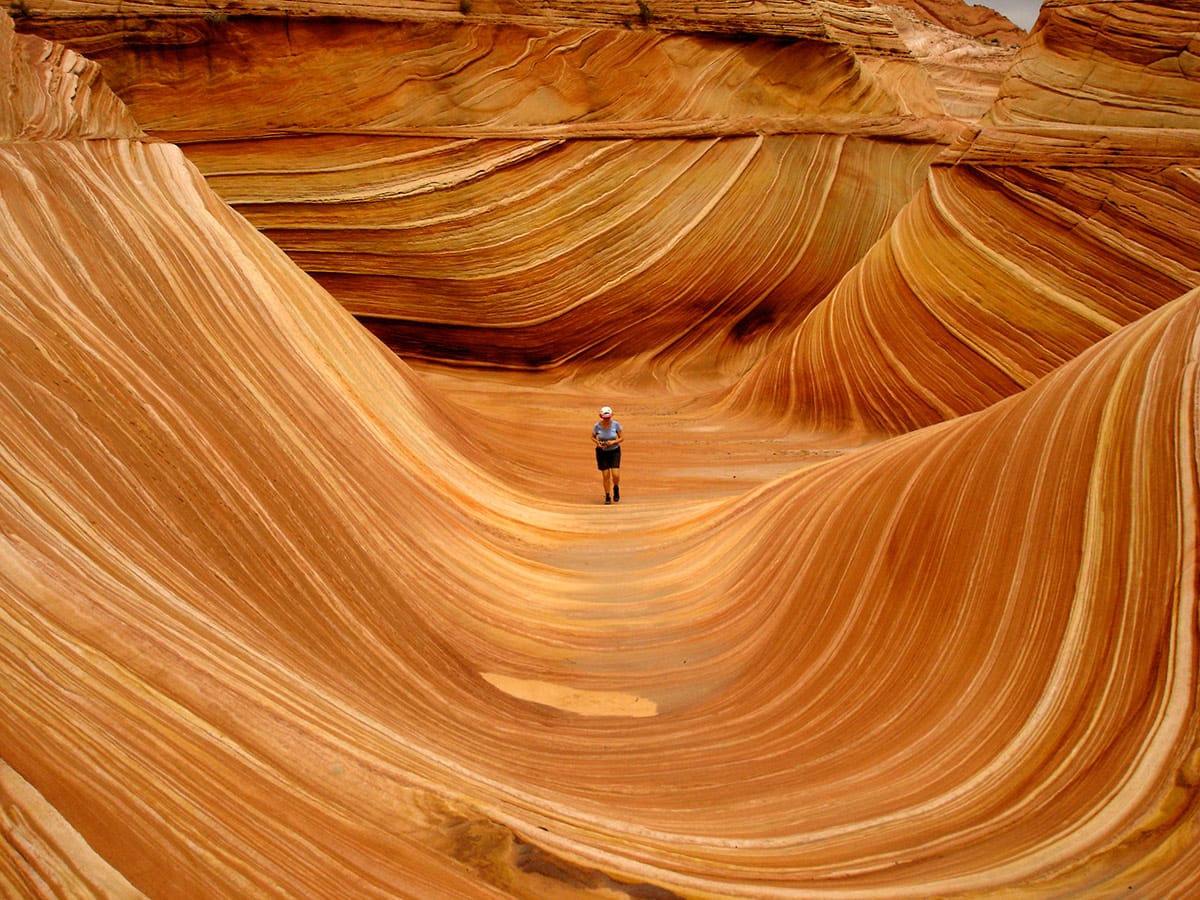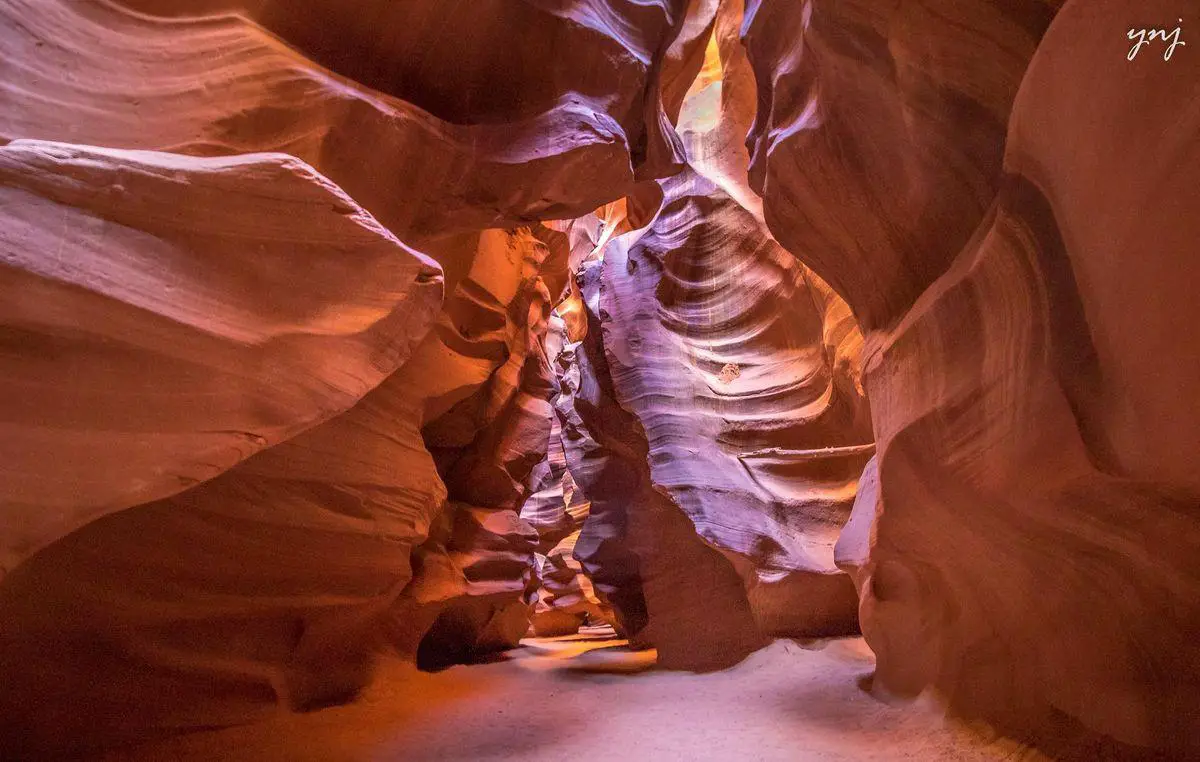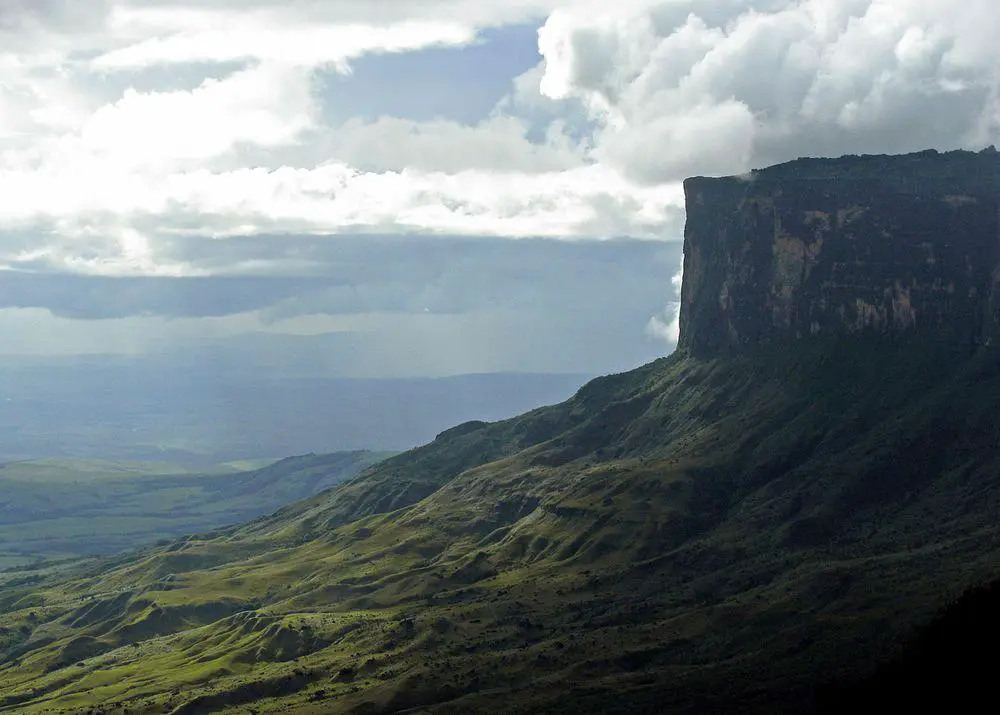Wondermondo 🢖 Categories of wonders 🢖 Geological wonders 🢖 Rock formations
Category
Rock formations
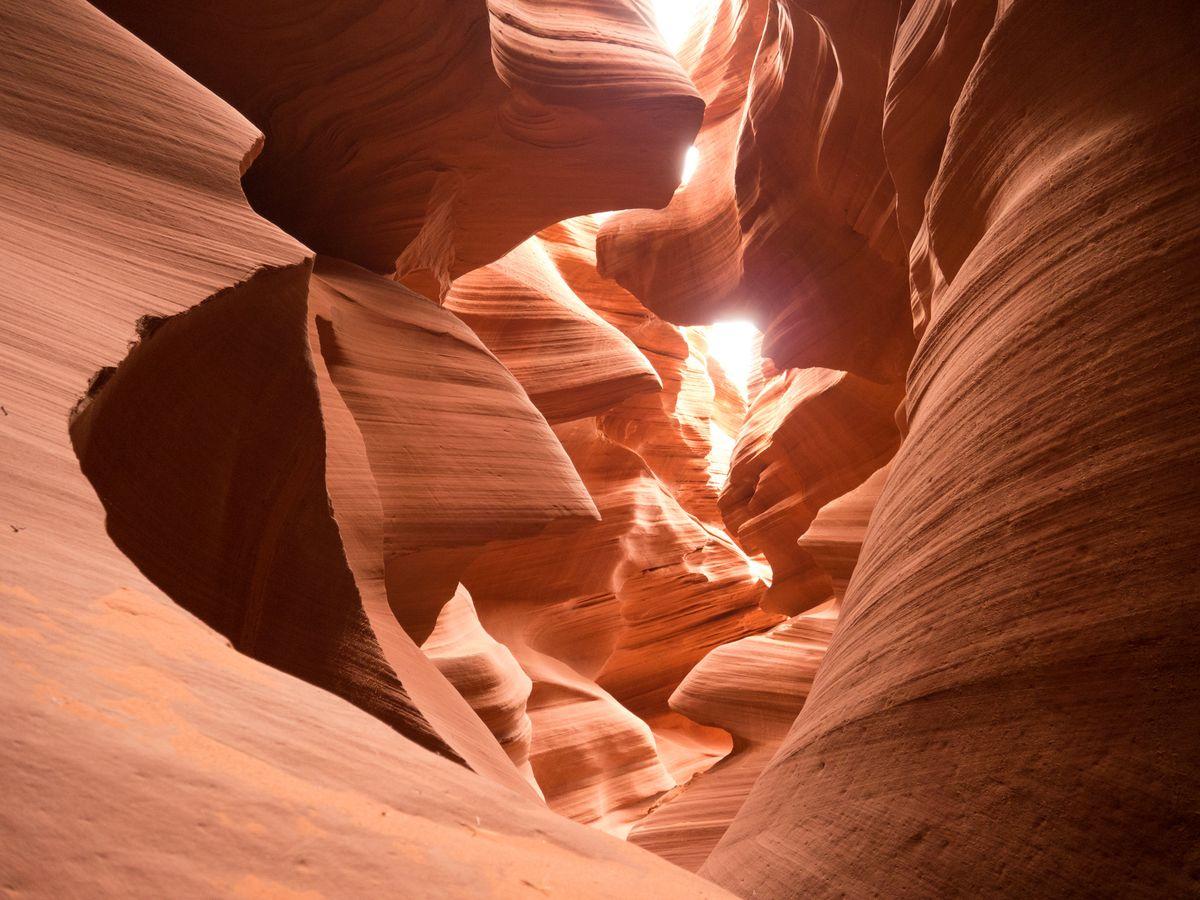
 Described rock formations
Described rock formations
If you see this after your page is loaded completely, leafletJS files are missing.
 What is included in this category?
What is included in this category?
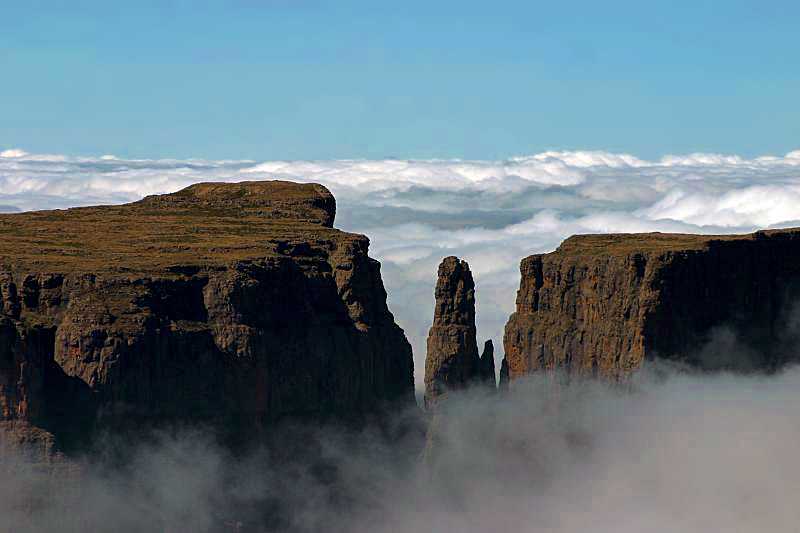
This type of landmarks includes most unusual and interesting rock formations of the world.
It may sound simple but it isn’t: this group of monuments tends to grow and grow without end, encompassing diverse seemingly unrelated things. Thus – a very tall cliff is a rock formation, a natural arch – as well. But – in a way cave and waterfall are also rock formations – without solid rock, these landmarks would not exist.
Wondermondo includes in this category the following landmarks:
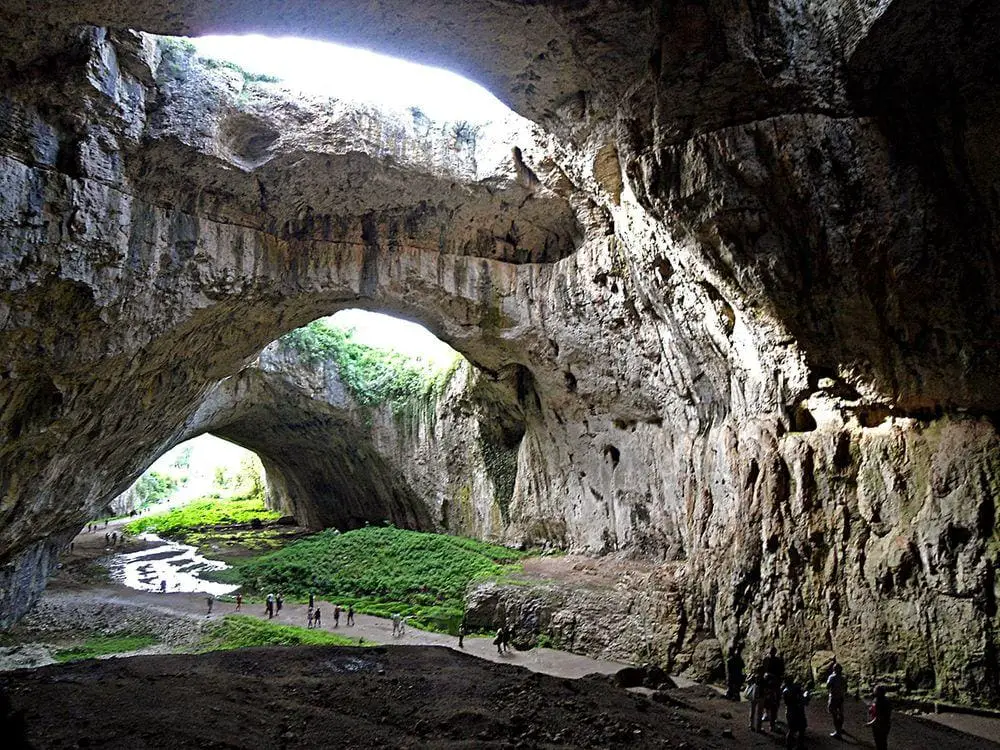
- Boulders – especially large or otherwise unusual fragments of rocks;
- Balancing rocks – boulders and other rock formations which seem to defy gravity;
- Cliffs – visually impressive and/or very tall natural surfaces of rocks. For most part these surfaces are vertical or very steep;
- Canyons and ravines – well, here are two natural rock surfaces, on both sides of existing or formed stream. Some canyons belong to world’s most impressive landmarks;
- Karst landscapes – outstanding relief forms which have formed by the dissolution of limestone, dolostone, gypsum.
- Monoliths or inselbergs and bornhardts – monolithic masses of rocks which form unusual, giant relief forms, sometimes similar to giant pillows;
- Natural arches – cliff formations with openings below them. Nature sometimes loves to play and these arches or bridges can get seemingly improbable shapes!
- Rock spires – natural, tall and often even very thin spires of rocks.
This classification does not include all kinds of rock formations – sometimes a landmark is too unusual and in its own “category”. Such landmarks are, for example, Eaglehawk Neck tessellated pavement in Tasmania or Richat Structure in Mauritania.
Some records
It is not easy to register the records of rock formations – here the types of formations gradually shift and there are no clear limits set – what is a cliff and what is just a steep rock face, what is a rock pyramid, and when is it narrow enough to be considered rock spire? Some records though can be measured:
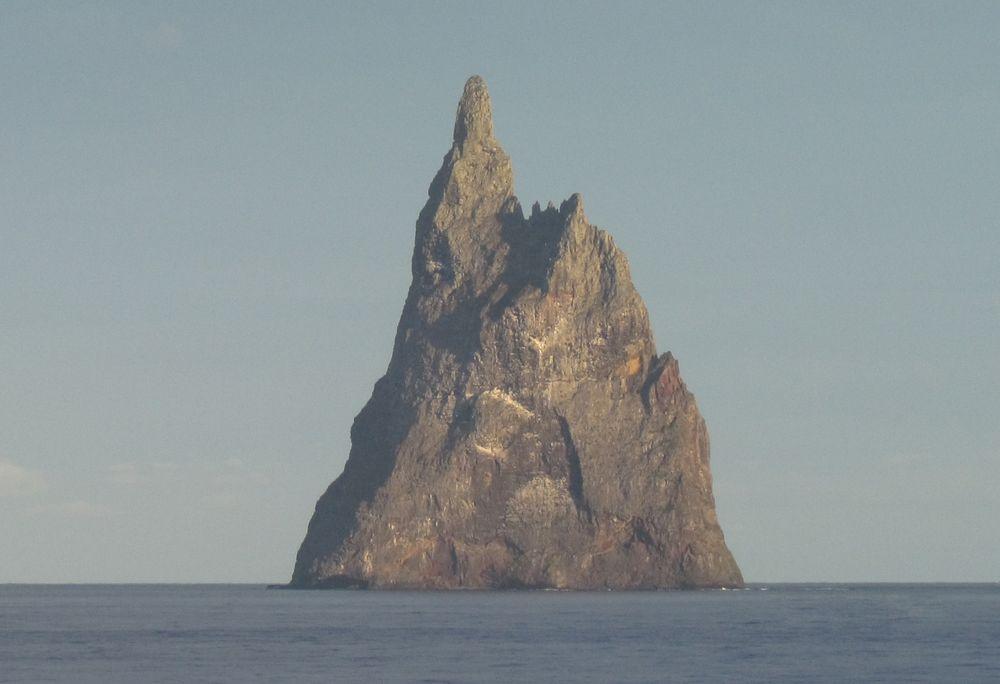
- Highest vertical drop on Earth could be located on Mount Thor (Canada, Nunavut, Baffin Island). This cliff has even negative drop (105 degrees) and if something falls from it, it falls 1,250 m. There might be even taller drops in Baffin Island.
- World’s tallest near vertical cliff (you see – there is already indeterminate expression!) is Great Trango Tower in Pakistan, Gilgit Baltistan. This cliff is 1,340 m tall.
- World’s deepest canyon could be Yarlung Tsangpo Grand Canyon in Tibet, Nyingchi. It is up to 6,009 m deep, although medium depth is 2,268 m.
- World’s tallest volcanic stack is Ball’s Pyramid, Australia. It rises 562 m tall from the sea and is just 200 m wide.
- World’s highest natural arch could be Tushuk Tash (Shipton’s Arch) in China, Xinjiang Uyghur Autonomous Region. Its opening is just incredible: 360 – 370 m high!
- World’s widest natural arch could be Xian Ren Qiao – Fairy Bridge in China, Guangxi. It is approximately 122 m wide.
- World’s largest freestanding boulder could be Giant Rock in United States, California. This rounded boulder covers an area of 540 square meters.
- The largest balanced rock in the world could be Miracle Rock in United States, Colorado. This is some 12,000 tons heavy behemoth balancing on impossibly small foot.
 Top 25 rock formations
Top 25 rock formations
Africa
Devil’s Mountain
Western Sahara
Giant natural monolith – a rounded and very unusual mountain with a smooth surface, rising hundreds of meters above the desert. Prehistoric rock art (4 000 – 1 000 BC), sacred and even mystical place to Sahrawi people.
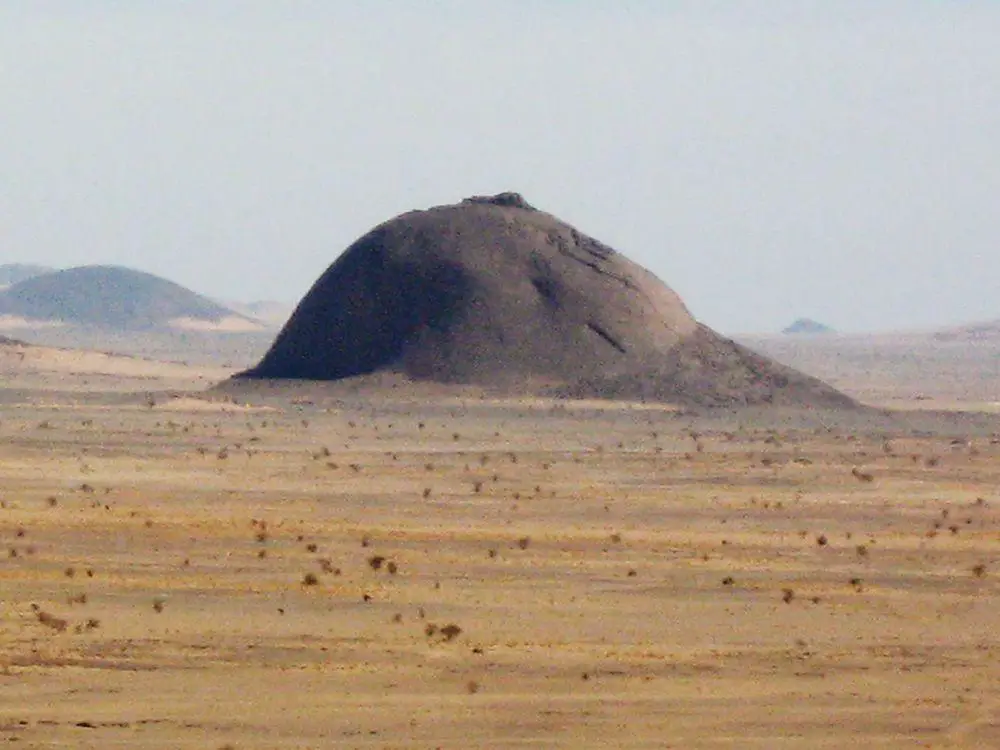
Great Tsingy de Bemaraha
Madagascar
Unique karst landscape with thousands of rock blocks dissected by 80 – 120 m deep grikes. Sometimes these grikes are less than 1 m narrow. Many endemic species of plants and animals – 47% of locally met species of plants and animals are found only here – e.g. 34 endemic species of reptiles.
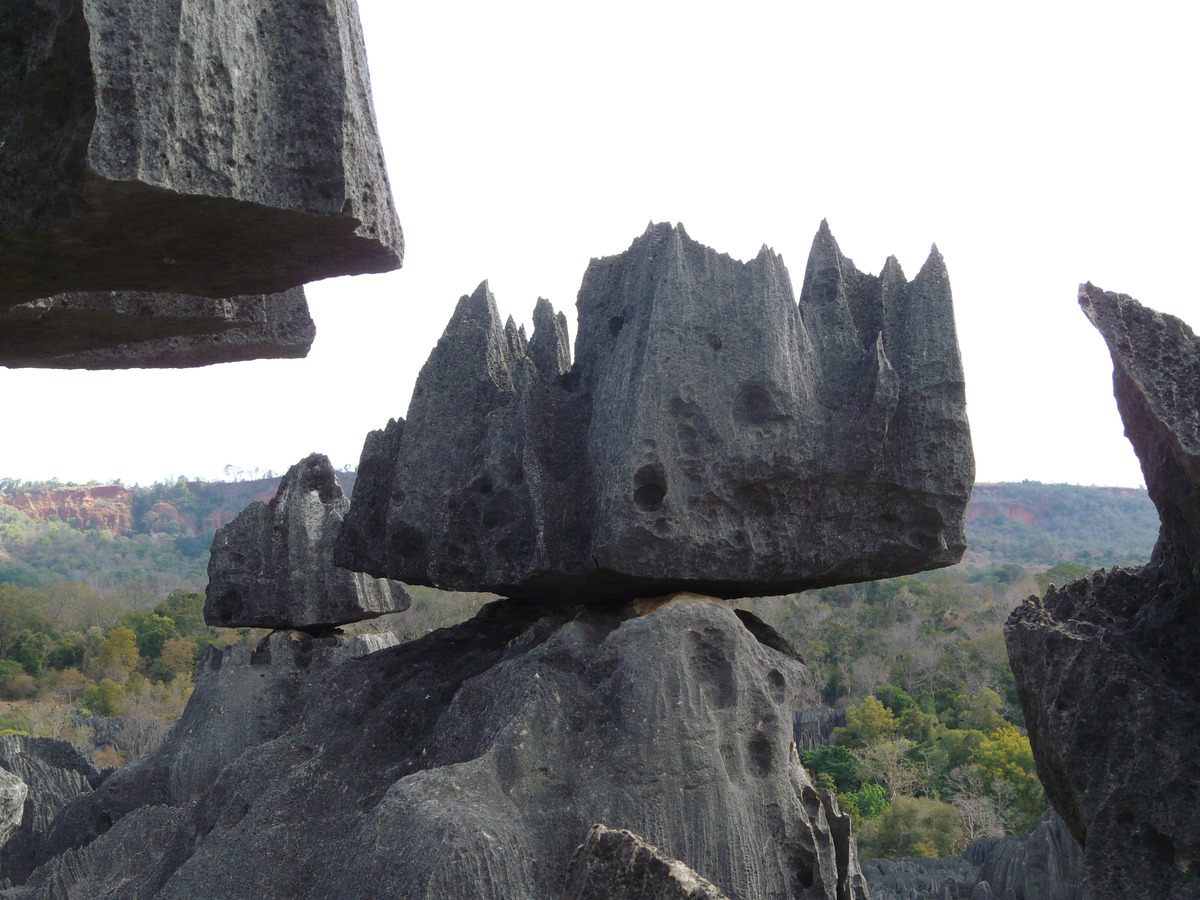
Fish River Canyon
Namibia
The second largest canyon in the world after the Grand Canyon (United States). This giant canyon is some 160 km long, up to 27 km wide, up to 550 m deep.
Asia
Hạ Long Bay
Vietnam
Site of unusual beauty – sea bay with approximately 2,000 tower-like islands formed by karst processes. The tallest islands are 100 m tall. The area contains many endemic species of plants and animals. Some islands have impressive caves (such as Hang Đầu Gỗ Cave). Local fishermen live in exotic-looking floating villages.
Chocolate Hills
Philippines
Unique geomorphological phenomenon – 1,200 – 1,700 similar grass-covered conical hills that form a unique landscape. The height of each hill is 40 – 120 m. During the dry periods, hills turn brown. Formed from coral limestone that has been uplifted and eroded. Hills contain numerous caves.
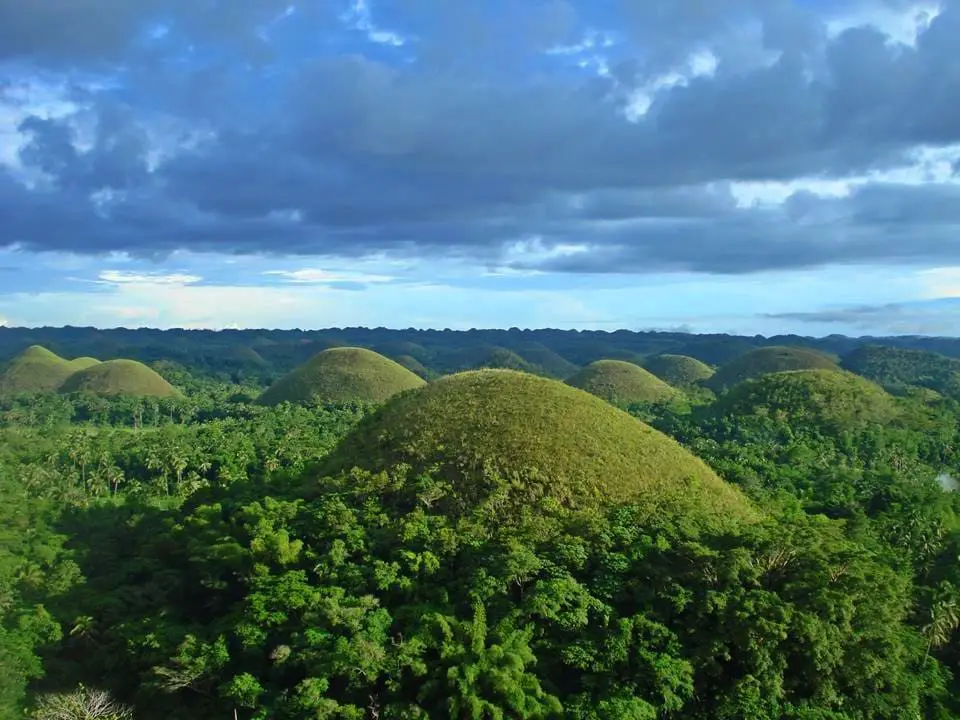
Three Natural Bridges of Wulong
China
Giant, very impressive natural bridges – Tianlong Bridge, Qinglong Bridge (with waterfall over it), and Heilong Bridge. Their average height is 200 meters. Part of the larger, Wulong karst area. One of the most dramatic landscapes worldwide with deep canyons and gorges natural bridges, giant sinkholes, and extensive cave systems.
Guilin – Lijiang Karst
China
This beautiful karst landscape along the Li River consists of numerous steep, conical limestone pinnacles. The sights of this landscape represent one of the most famous sights of China.
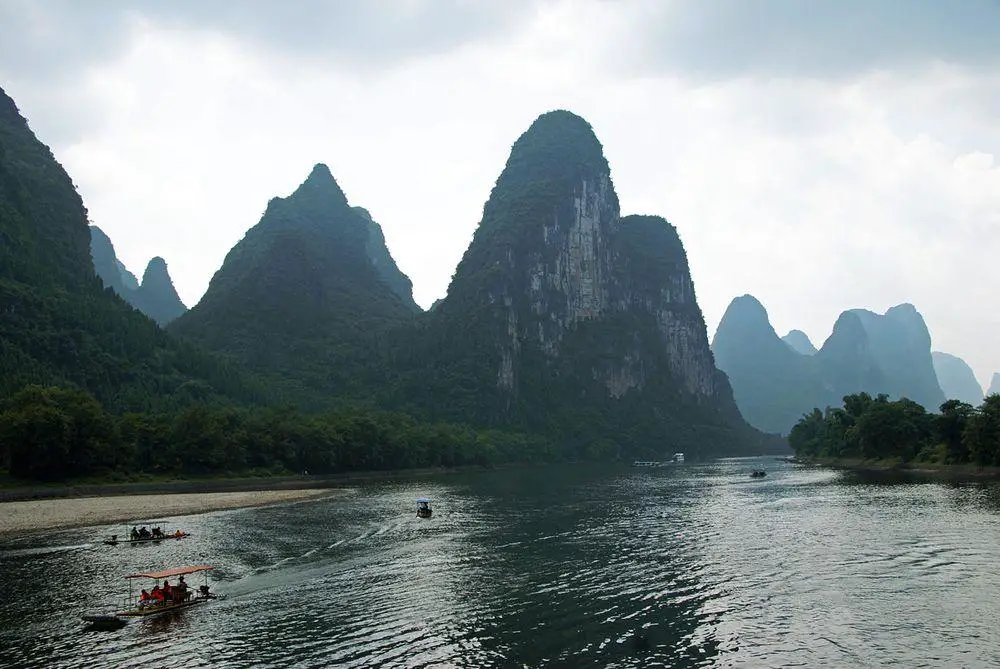
Göreme fairy chimneys
Turkey
Thousands of amazing, 8 – 22 m tall rock spires, formed from soft volcanic rock – ignimbrite, overlaid with boulders of harder lava. In these rock spires were made premises – houses, household rooms, churches, and even whole cities.
Tushuk Tash (Shipton’s Arch)
China
Possibly the highest natural arch in the world and one of the most impressive ones. Height – some 360 – 370 m, width – some 65 meters.
Australia and Oceania
Uluru (Ayers Rock)
Australia
One of the Australian symbols, an enormous and visually very impressive sandstone inselberg, 348 meters high, and 9.4 km in circumference. A sacred place to local Aborigine peoples. Here are many springs, waterholes, caves, and rock art sites. Endemic plants.

Milford Sound
New Zealand
One of the most grandiose fiords in the world. The walls of the fiord are more than 2 km tall and while at the water grows rainforest, on the top is snow. Here are countless waterfalls and the strong winds catch and often bring them up in the air.
Kata Tjuta (Mount Olga)
Australia
Unusual, impressive monolithic rock formation, consists of 36 steep-sided domes up to 546 meters high. A sacred place to local Aboriginal people. Endemic plants.
Wave Rock
Australia
Highly unusual cliff formation that resembles an enormous petrified wave. Several more such formations are in the vicinity.
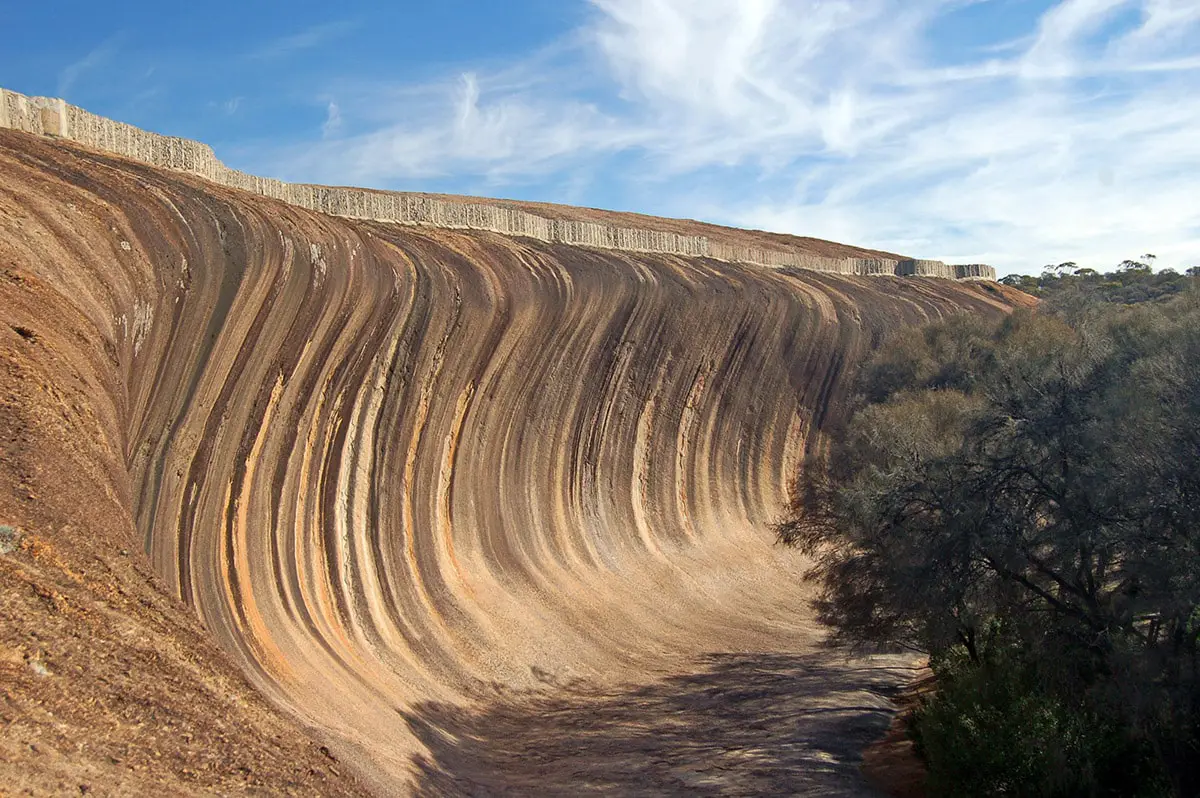
Europe
Burren in Clare County
Ireland
One of the best examples of glaciokarst anywhere. These undulating hills, for the most part, consist of barren limestone pavements. In the cracks of limestone grow an unusual community of plants – a mix of the Arctic, alpine and Mediterranean species.
Giant’s Causeway
United Kingdom
Area of outstanding natural beauty, with some 40,000 interlocking basalt columns. Tops of these columns form natural stepping stones leading into the sea.
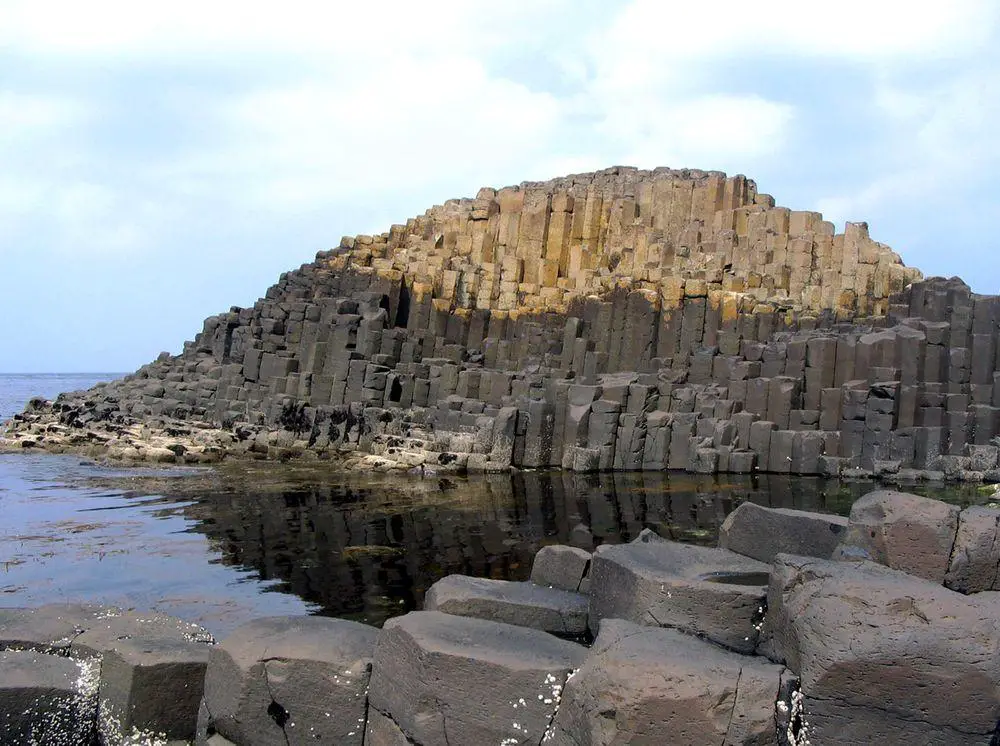
North America
Grand Canyon
United States
Possibly the most impressive canyon in the world. This 446 km long canyon is up to 1,800 m deep and has rugged, nearly vertical walls.
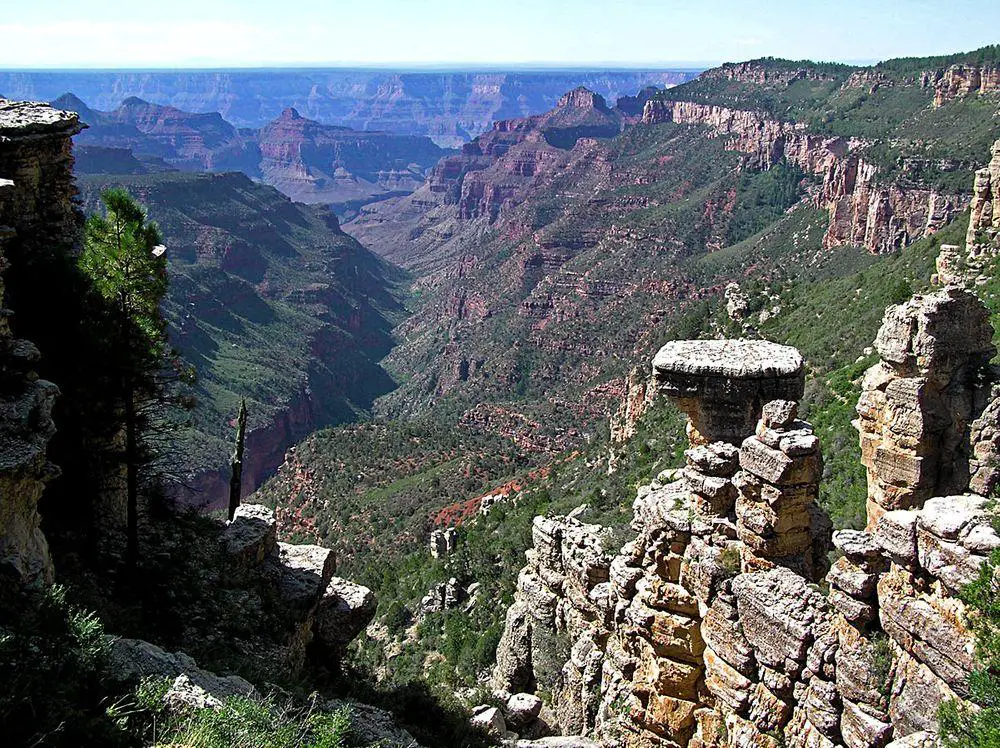
Delicate Arch
United States
Beautiful natural arch, 20 m tall.
Devil’s Tower
United States
Igneous intrusion – a steep, unusual rock rising 386 m above the surroundings.
Zion Canyon
United States
Up to 610 m deep slot canyon, in some places only 6 m wide.
Mount Thor (Qaisualuk)
Canada
Granite cliffs with the possible highest vertical drop on Earth – 1250 meters high, average angle of 105 degrees.
Monument Valley
United States
Monumental desert landscape with enormous, up to 300 m tall sandstone buttes. Numerous magnificent natural arches, rock stacks, and other formations.
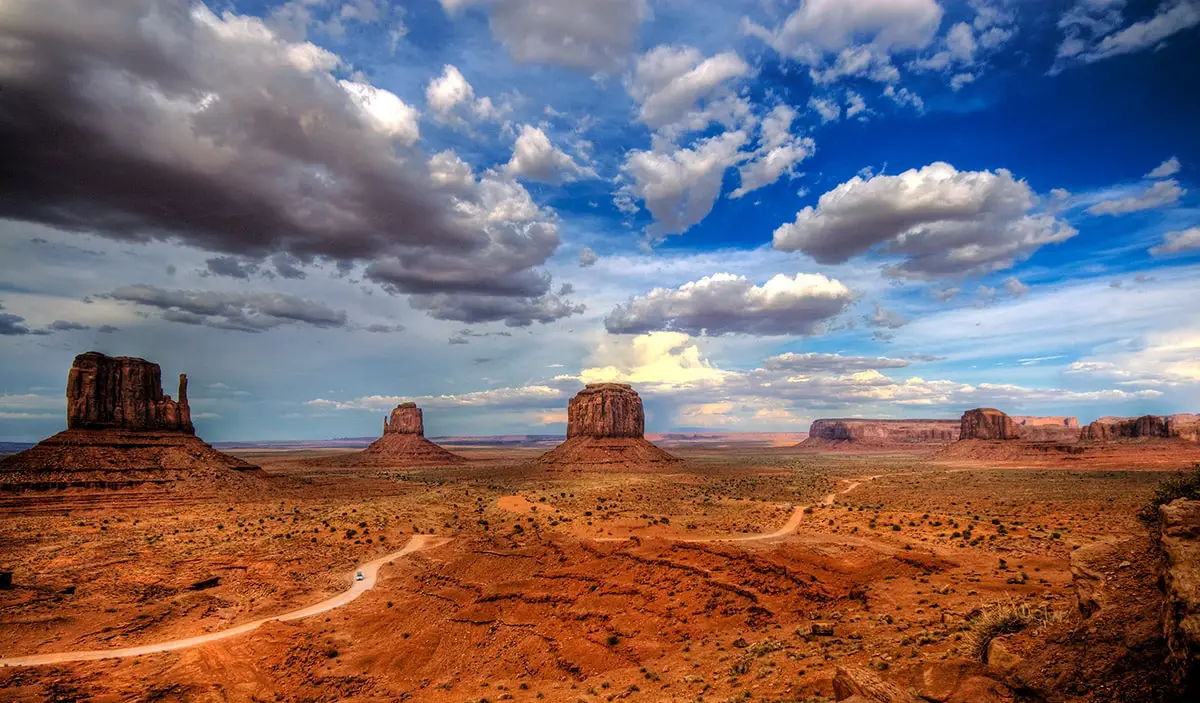
Upper Antelope Canyon
United States
Approximately 200 m long slot canyon that provides numerous grand sights. This is the more popular part of the Antelope Canyon because it does not require climbing and sunlight shines in it fairly frequently.
South America
Puente del Inca
Argentina
Highly unusual natural wonder – a natural arch over Vacas River with hot springs and large travertine formations next to it. The natural bridge is 48 m long, 28 m wide, and 8 m thick, and the river flows 27 m below it.
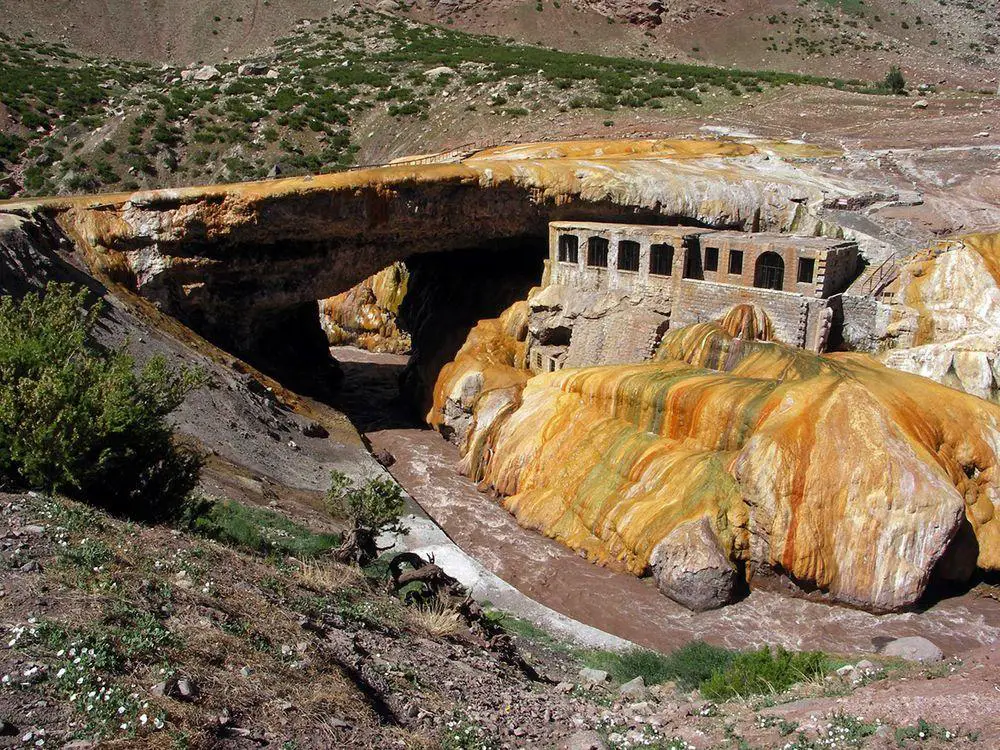
Torres del Paine
Chile
Three knife-formed cliffs rising with vertical walls more than 1,000 – 1,400 m high and offer one of the most impressive sights in Patagonian Andes.
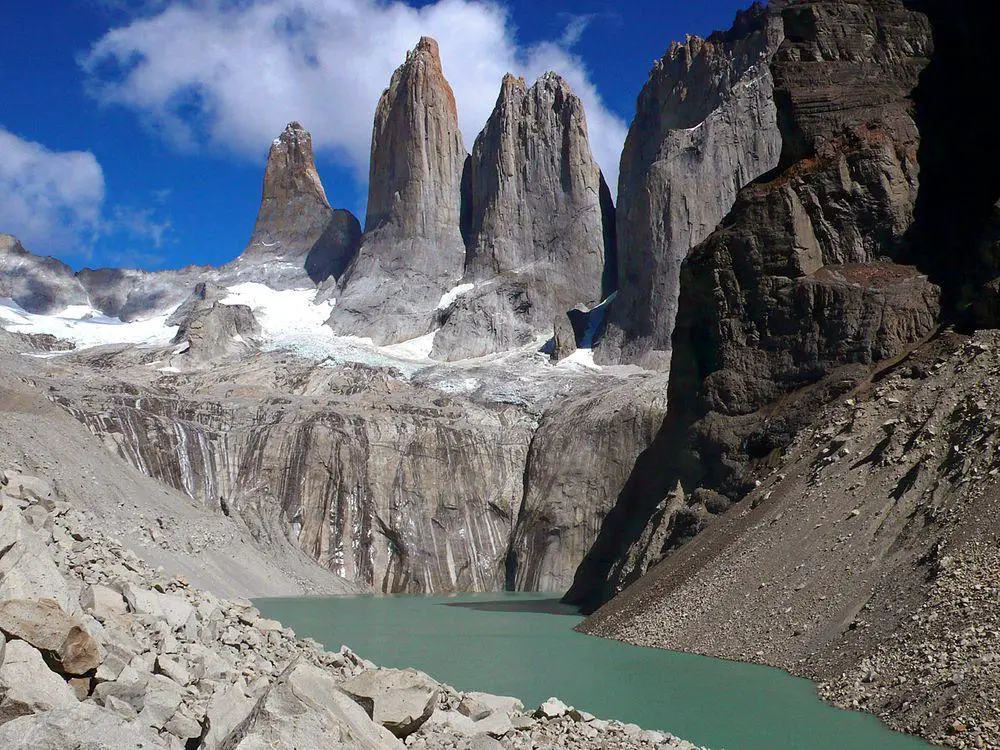
Mount Roraima
Brazil, Guyana, Venezuela
The famous table mountains in this part of the world have near-unique karst formations in quartzite. Over the many millions of years, it has been eroded by water, creating countless very interesting formations. Roraima is up to 2.8 km high.
 Recommended books
Recommended books
Rock Formations and Unusual Geologic Structures: Exploring the Earth’s Surface (The Living Earth Series)
Looks at the earth’s crust, sedimentary strata, erosion, geologic mapping, fossil beds, folds and faults, volcanoes, and glaciers.
Windstone: Natural Arches, Bridges, and Other Openings
Celebrated landscape photographer David Muench turns his keen photographic eye to the mystery of the sculpted earth in WINDSTONE: NATURAL ARCHES, BRIDGES, AND OTHER OPENINGS. These spectacular photographs of natural arches, land bridges, windows, sea stacks, caves, and sea arches represent a master photographer at the top of his game.

